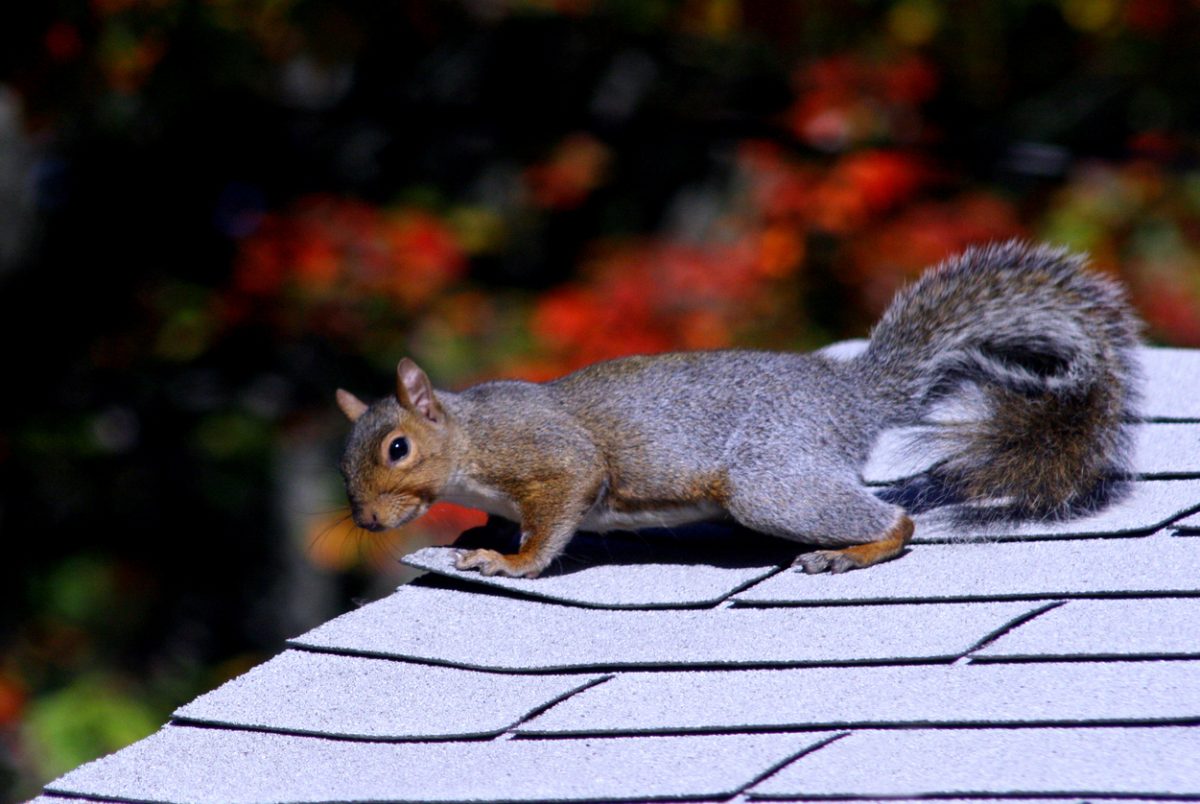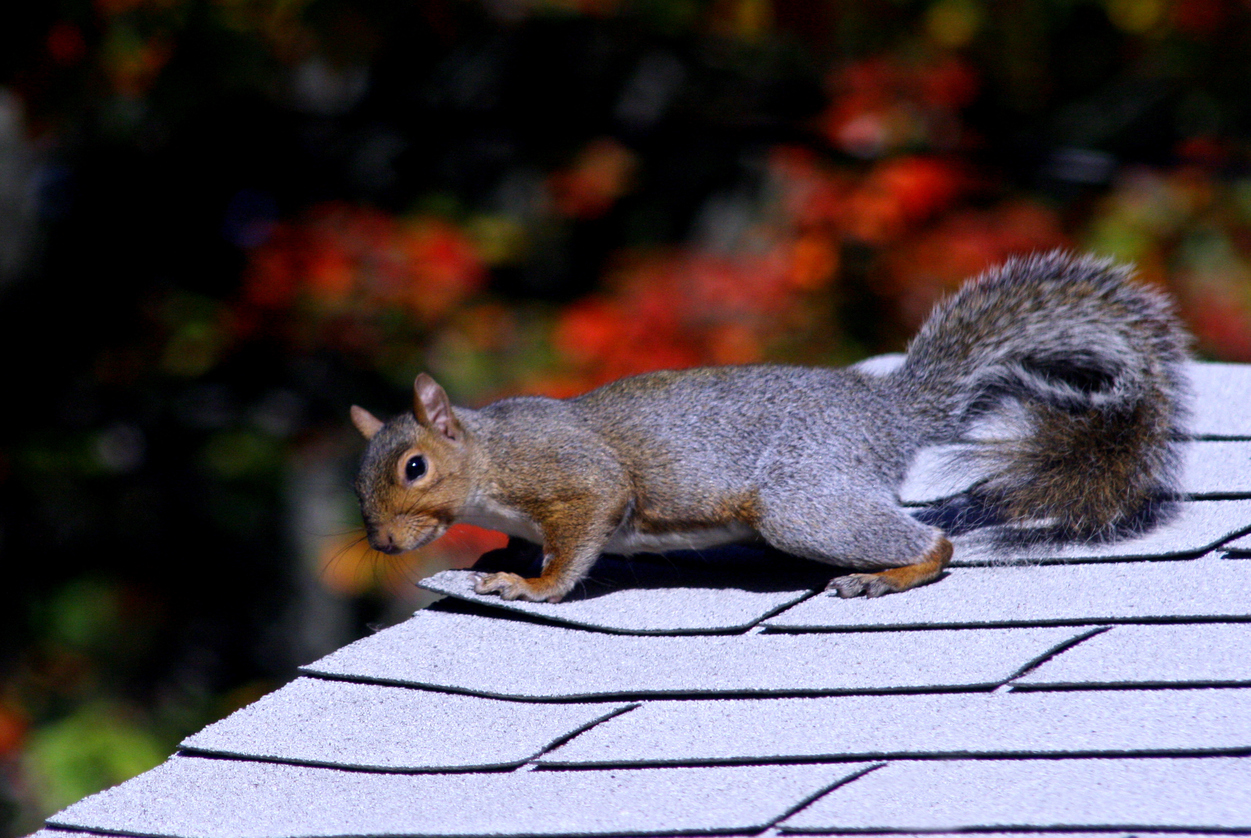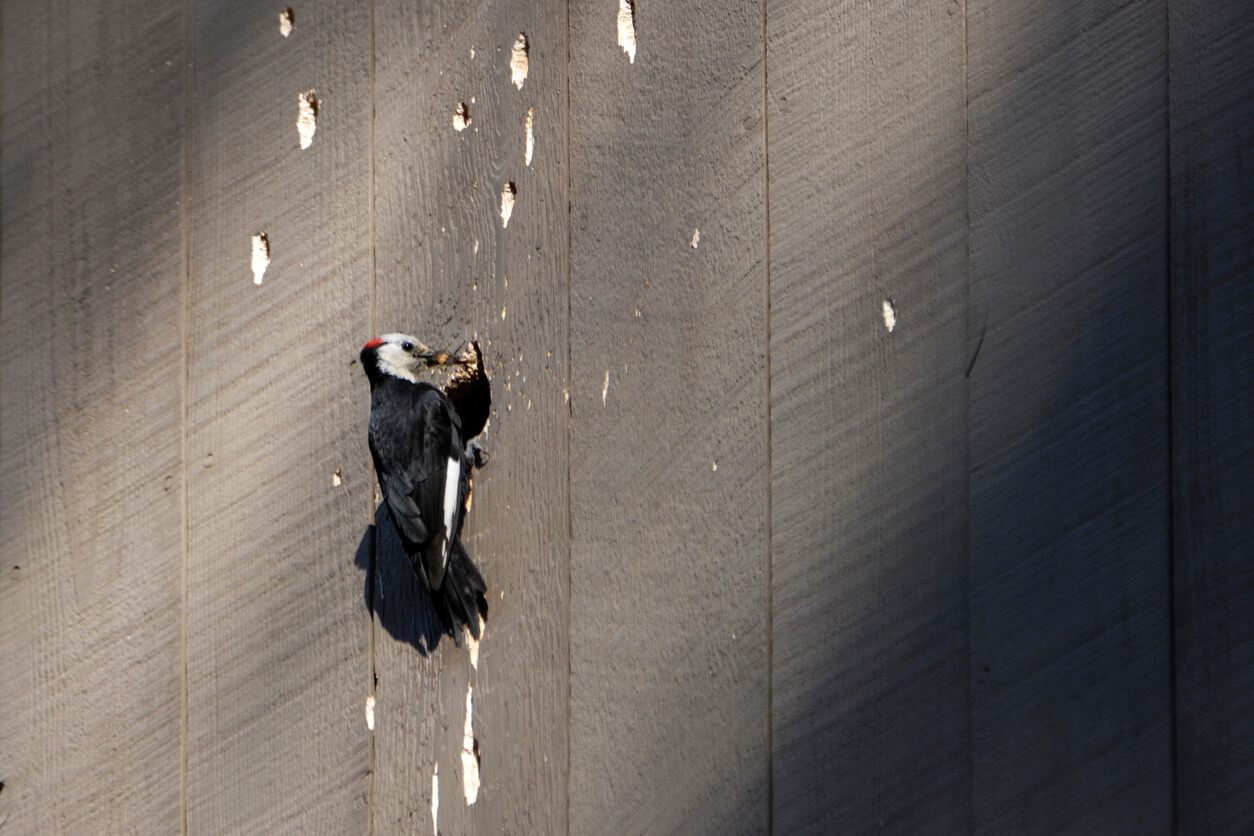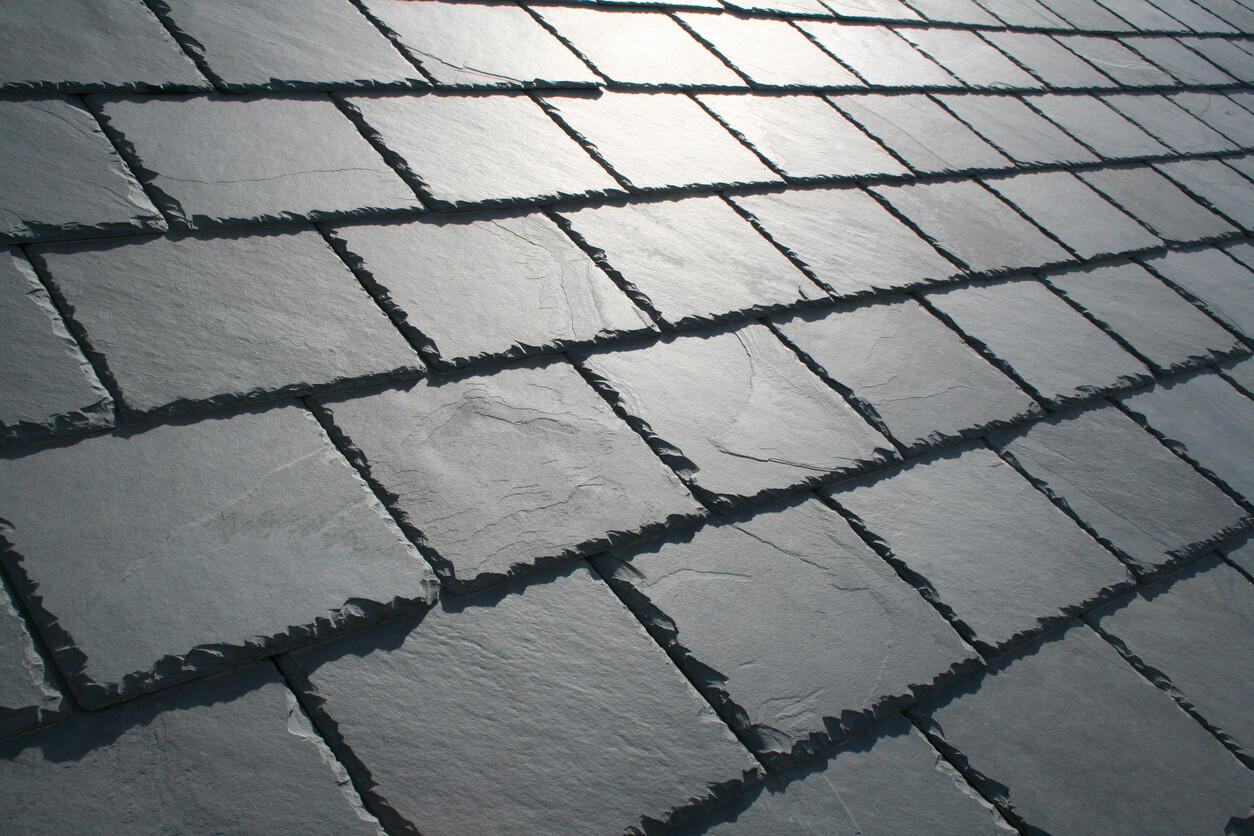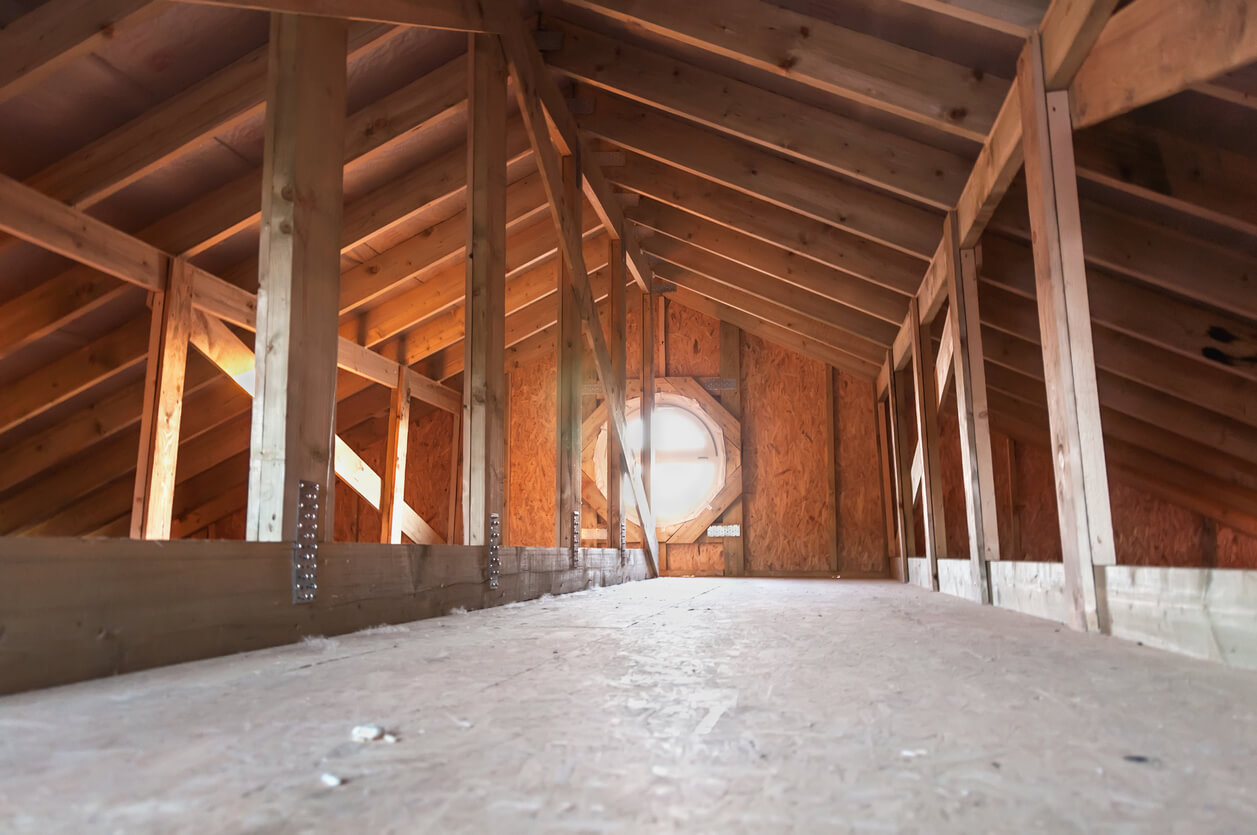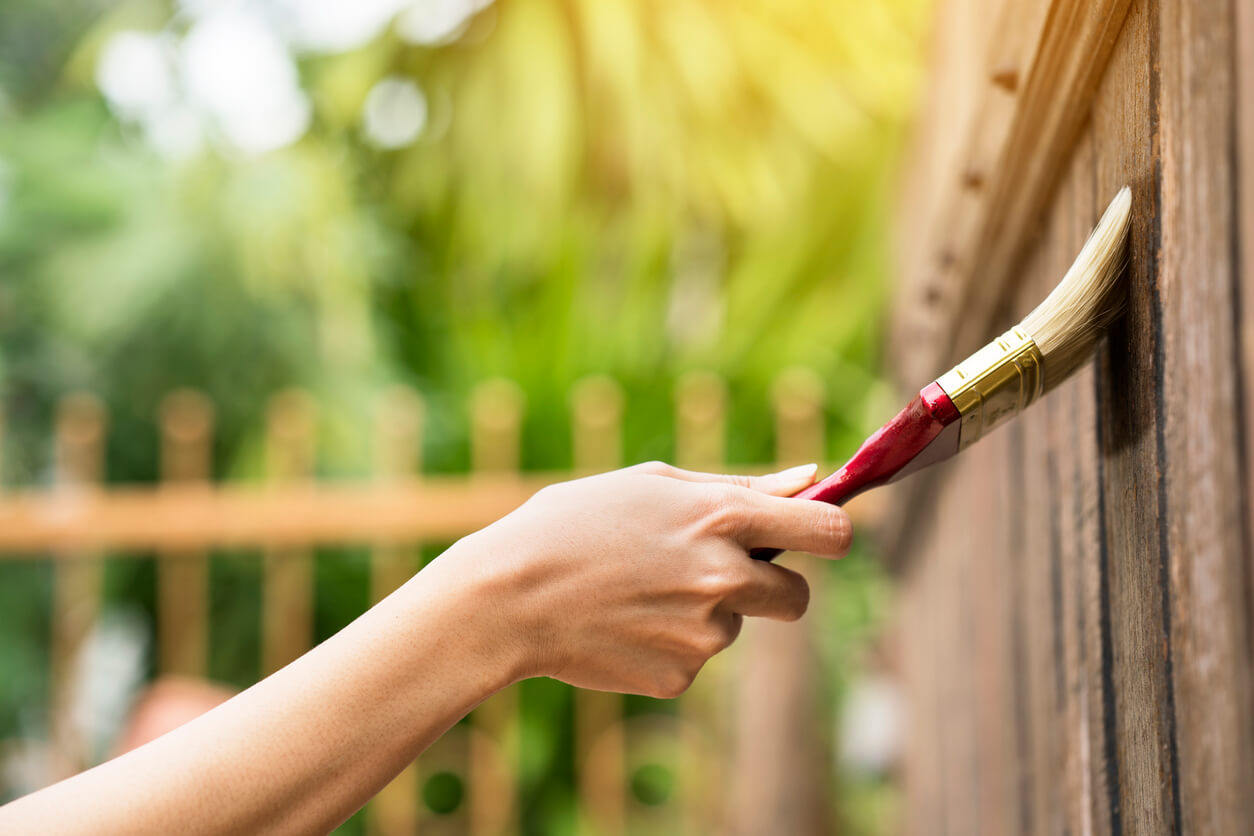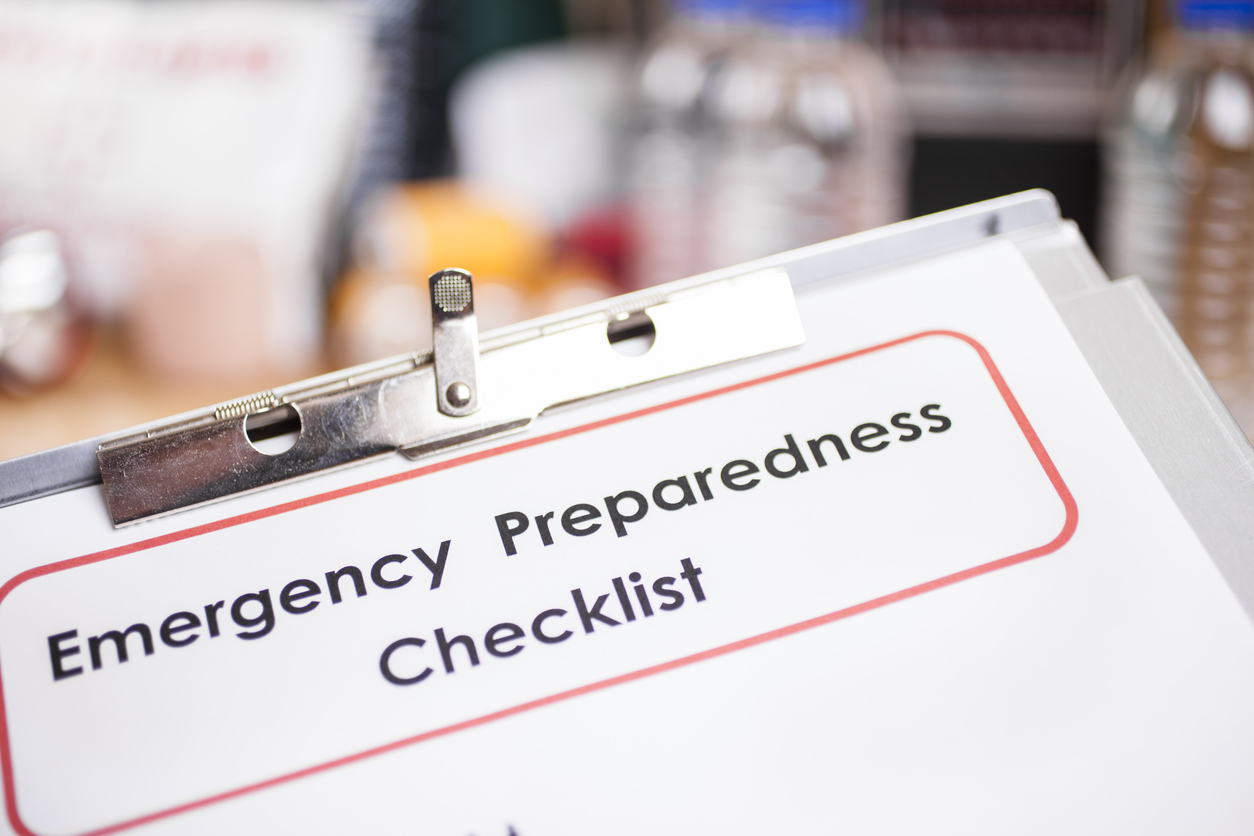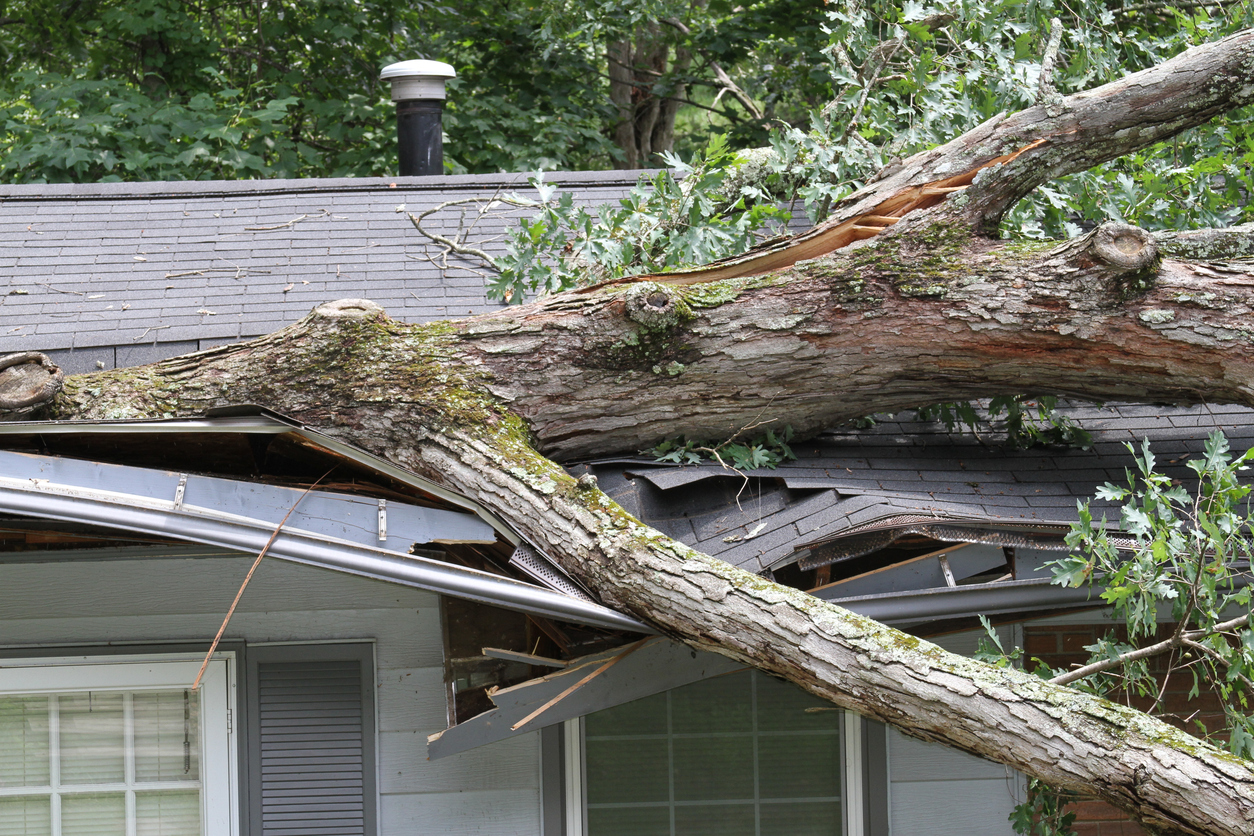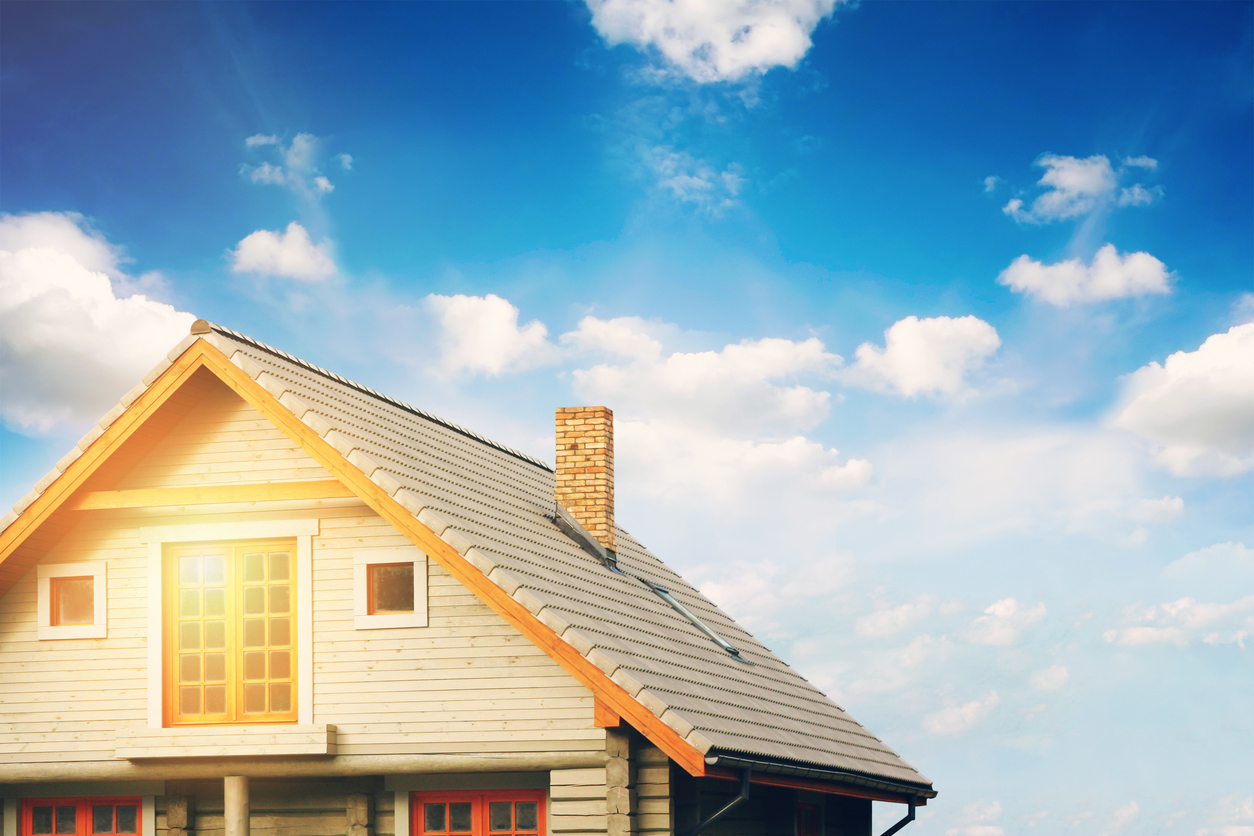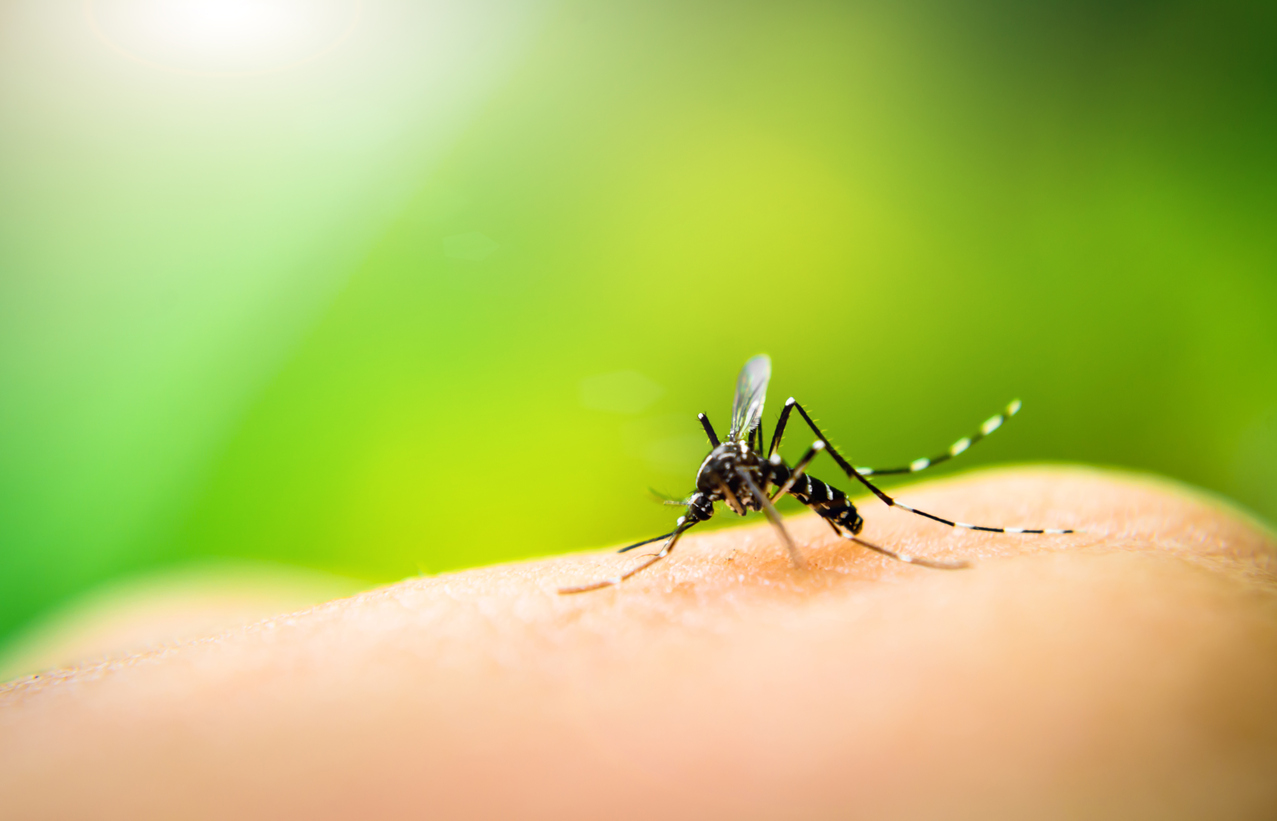Picture This: You’ve been looking to purchase a new home for the last few months (or even years) and nothing has allowed you to say “this is the one.” Then out of nowhere, you find the house you’ve been looking for! Everything seems perfect until you take a tour of it and find out that the roof is in terrible condition…
Should you still consider this house even with the roof damage?
Well, let’s talk about the types of damage it may have:
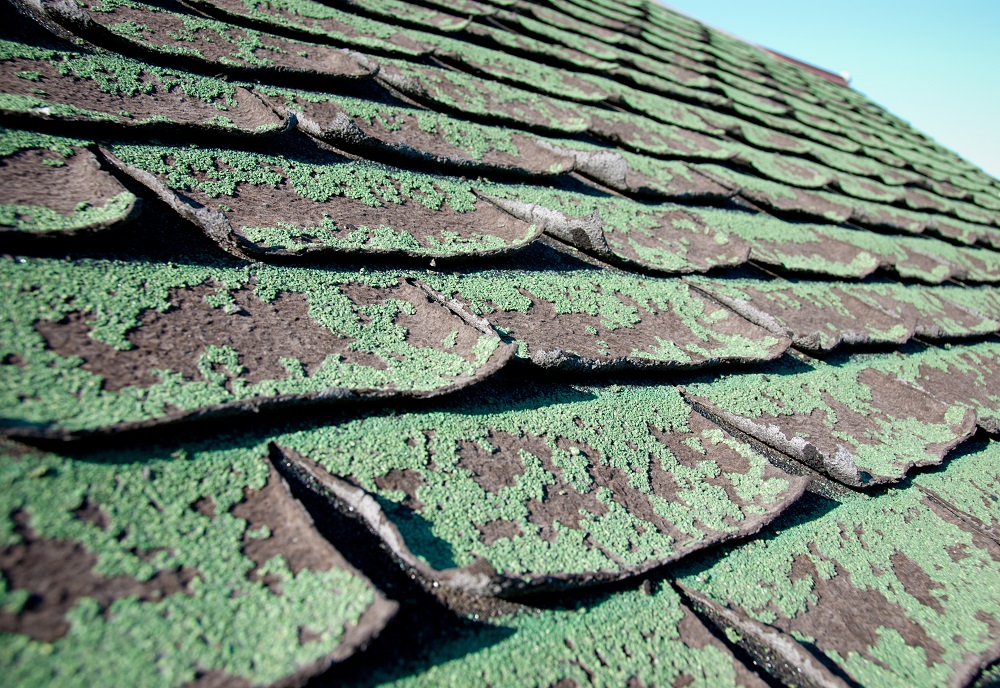
Shingle Condition
The first thing you’ll look at is the condition of the roofing shingles. Each material will have its own telltale signs that they’re old and need to be replaced. Asphalt shingles can crack and curl, cedar shingles can split and turn grey, slate shingles can split and break off, etc.
Whichever material this roof utilizes, give the roof a visual inspection to assess the current condition of the shingles. You should also ask the realtor or owner of the house how old the current roof is.
Roof Leaks
When the condition of the roofing shingles or flashing are not in good condition (or are not installed properly), roof leaks are almost always a result. These leaks can cause mold growth, wood rot, and weaken the overall structure of the roof underneath the shingles.
A way to inspect a home for roof leaks is to enter the attic space and look for wet spots, warped wood, mold growth, and light that peers in during the daytime.
Roof leaks can be fixed if they’re newer and smaller, but if they’re larger or have been around for a while — the damage could have already taken its toll in shortening the roof’s lifespan.
Structural Damage
When old age, roof leaks, or too many layers of roofing shingles exists with a roof, the structure of the roof can become damaged and weakened. A roof with a weakened structure will need to be fully replaced — wood, shingles, flashing, etc.
Failing to replace a roof with a weakened structure can put the roof at risk of sagging and eventually collapsing. This not only fails to protect your home from the outside elements but also becomes a hazard to you and your family.
It’s Time to Make a Decision
When the house you want to buy has a bad roof, you have to take into account the severity of the issues. If there are a few missing shingles and small roof leaks that seem to be relatively new, it can be worth it to make the repairs in order to have the home of your dreams.
However, if the roof is well past its lifespan or there are multiple roof leaks that have caused some damage — the repair and replacement costs are only going to be worth it if you believe this is the ONLY house you want to live in. (Also, remember that while the upfront costs might seem expensive, you’re also reinvesting into the home and increasing its overall value.)
If the roof has severe structural damage, the house may not be worth your time, money, and energy.
—
Finding the perfect house is a moment of bliss — that can easily be ruined by a bad roof.
When you’re in need of a roof inspection, repair, or replacement, our roofers will be there for you with a competitive estimate sure to follow!

